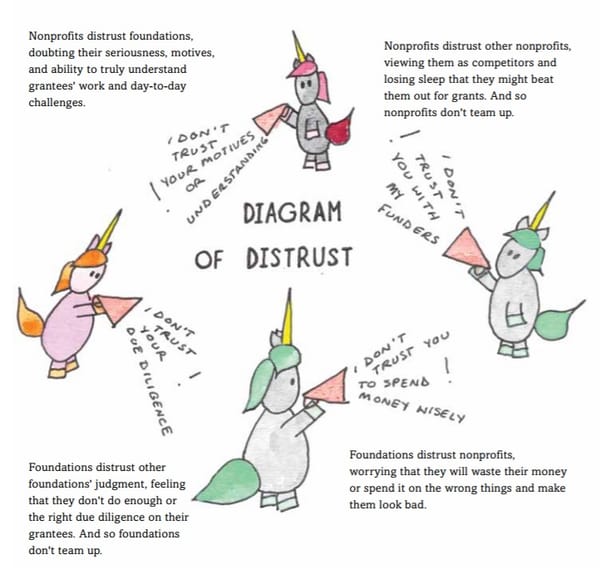ED Life
Funders, your “wait and see” approach is killing nonprofits during leadership transitions
This week, I read the Road Block Analysis Report by the Open Road Alliance that shows that the biggest barrier nonprofits face is…our very own funders. In fact, according to the executive summary: “Funder-Created Obstacles make up 46% of the roadblock dataset and include specific obstacles such as a







